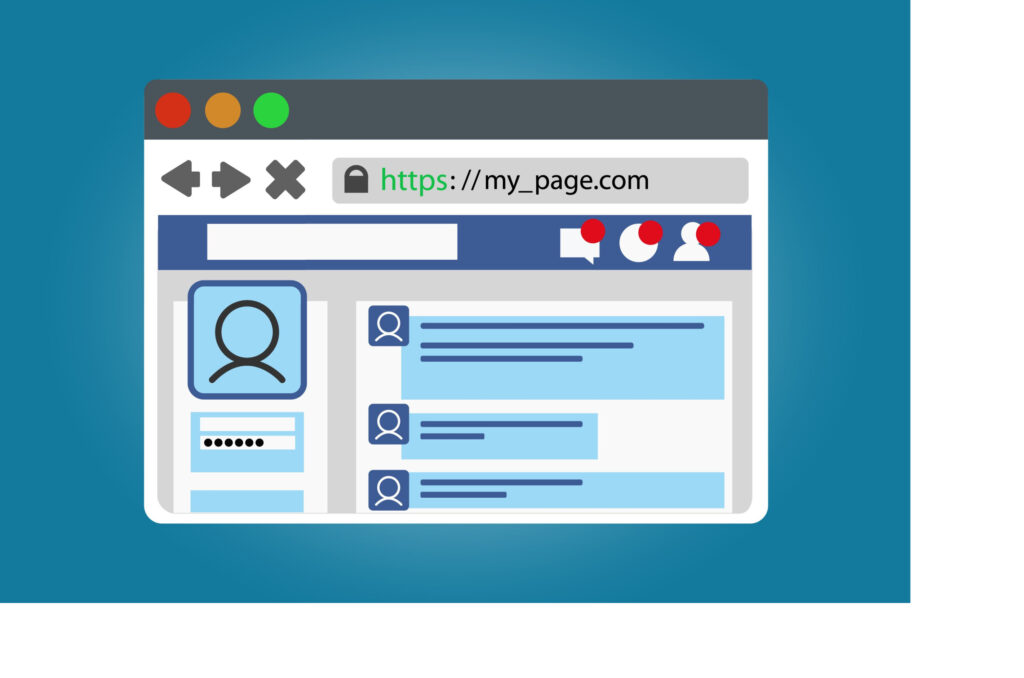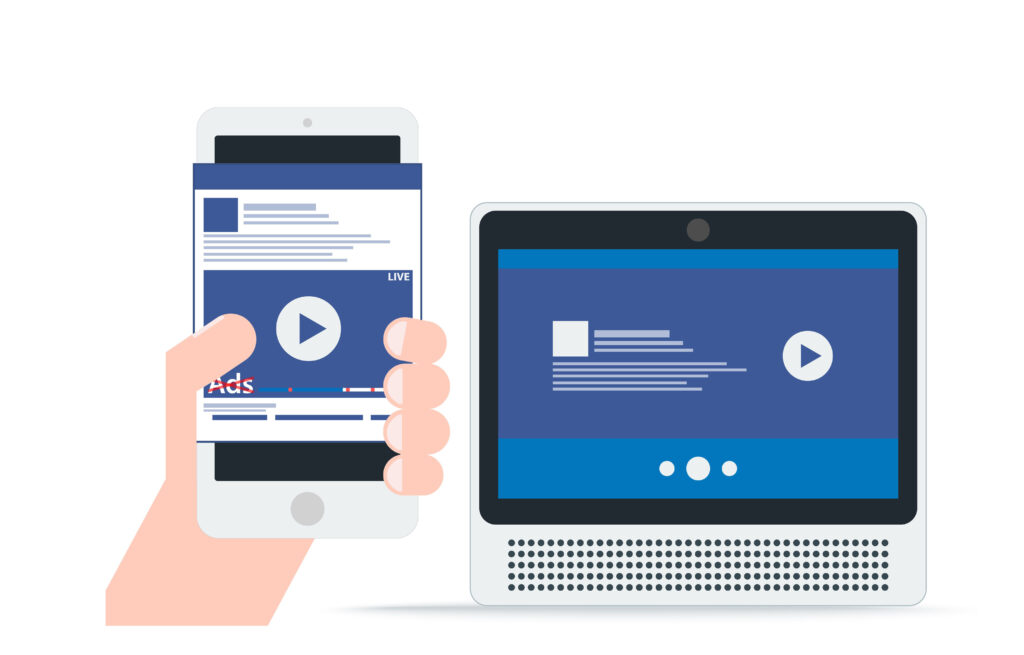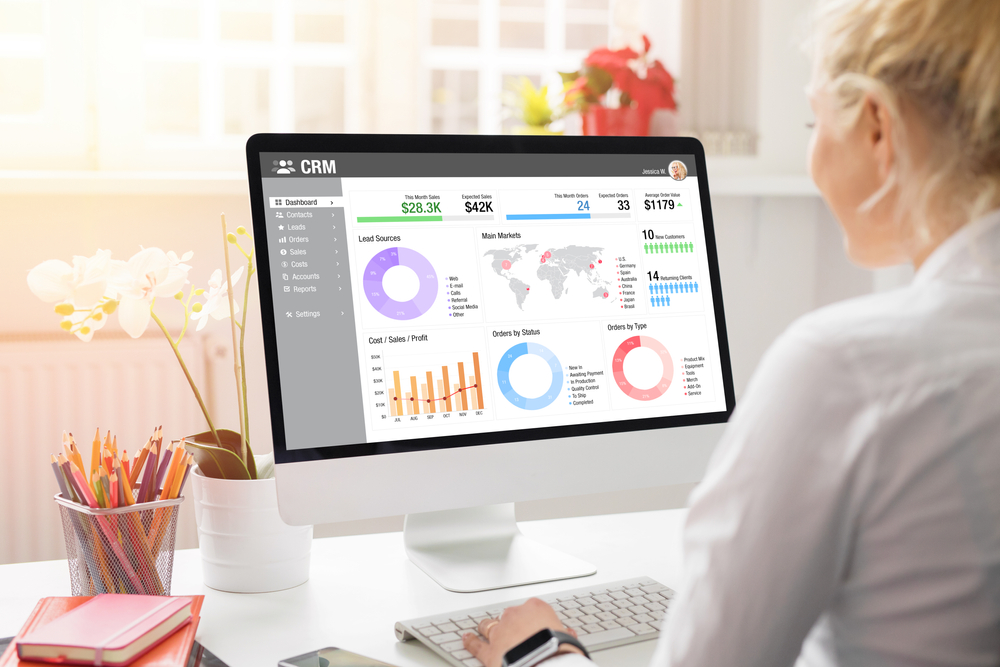In today’s digital era, our lives are surrounded by pictures and images. From clicking selfies to uploading photos on social media, we are fascinated by the visual representation of everything around us. With the rise of visual content, the demand for image search has also increased. Among thousands of search engines on the internet, Google Image Search sets itself apart as the most recognizable and widely used image search engine. In this blog post, we will compare Google Image Search with other forms of image search and explore why it has become the go-to choice for millions of people.
The Popularity of Google Image Search
Google Image Search is one of the most popular and highly used search engines in the world. It was launched in July 2001, and since then, it has become an integral part of the Google search engine. People use Google Image Search for a wide variety of purposes, including searching for images related to a particular topic or event, exploring infographics or illustrations on websites, and finding high-quality images for their blog or website.
Google Image Search processes over 3.5 billion searches per day, which makes it a powerful tool for finding images. Millions of people worldwide rely on Google Image Search to find everything from stock images to inspirational quotes, making it the largest image search engine on the internet.
Other Forms of Image Search
There are numerous other forms of image search engines available on the internet, such as Yahoo Image Search, Bing Image Search, and DuckDuckGo Image Search, to name a few. However, these search engines have not been able to match the fame and usability of Google Image Search. They offer similar features and functionalities as Google Image Search, but their usage is significantly lower than that of Google.
The increasing use of social media sites like Instagram, Pinterest, and Flickr has also contributed to the shift towards using visual search engines. People use these platforms to upload and share their images, making it easier for anyone to search for similar images and content. Instagram and Pinterest, in particular, are now popular platforms for searching for images related to food, travel, fashion, and lifestyle, among other categories.
What Makes Google Image Search Stand Out
Google Image Search is easy to use and fast, making it the preferred choice of millions of users worldwide. Google has designed its image search engine to deliver precisely what the user is looking for, with a combination of speed and accuracy. With its advanced search technology, Google Image Search provides users with a better image search experience than any other search engine. Here are some factors that make Google Image Search stand out from the others:
1. The Algorithms:
Google Image Search has strong algorithms that are used to deliver the most accurate image results for each search query. The algorithms are designed to analyze the images based on their quality, size, resolution, color, and relevance to the search query. Google also takes into account the user’s location, search history, search language, and other factors to provide personalized recommendations. This makes it easier for users to find the images they are looking for quickly.
2. Advanced Filters:
Google Image Search offers numerous filters to customize the search results according to the user’s preference. The filters include color, size, type, usage rights, and time, among others. Users can also use the Google Image Search Tools feature to filter the results by region, aspect ratio, or content type. These filters help users refine their search and find the images they need without scrolling through irrelevant results.
3. Reverse Image Search:
Google Image Search has a unique feature called reverse image search that allows users to upload an image from their desktop or mobile device and find similar images on the internet. This feature comes in handy when searching for specific images that are difficult to describe in words or when trying to identify unknown images. Reverse image search also helps users find the source of a particular image and verify its authenticity.
4. SafeSearch:
Google Image Search comes with a default SafeSearch setting enabled, which filters out explicit content, making it safe for use by all ages. This feature is particularly helpful for parents who want to ensure that their children do not come across objectionable images while browsing the internet.
In conclusion, Google Image Search is the most popular and widely used image search engine on the internet. While other forms of image search engines exist, none of them have been able to match the usability, accuracy, and speed of Google Image Search. Its strong algorithms, advanced filters, reverse image search, and SafeSearch features make it a powerful tool for finding images for personal or commercial use. If you are searching for images to use for blogs, websites, or presentations, Google Image Search is the perfect solution.















